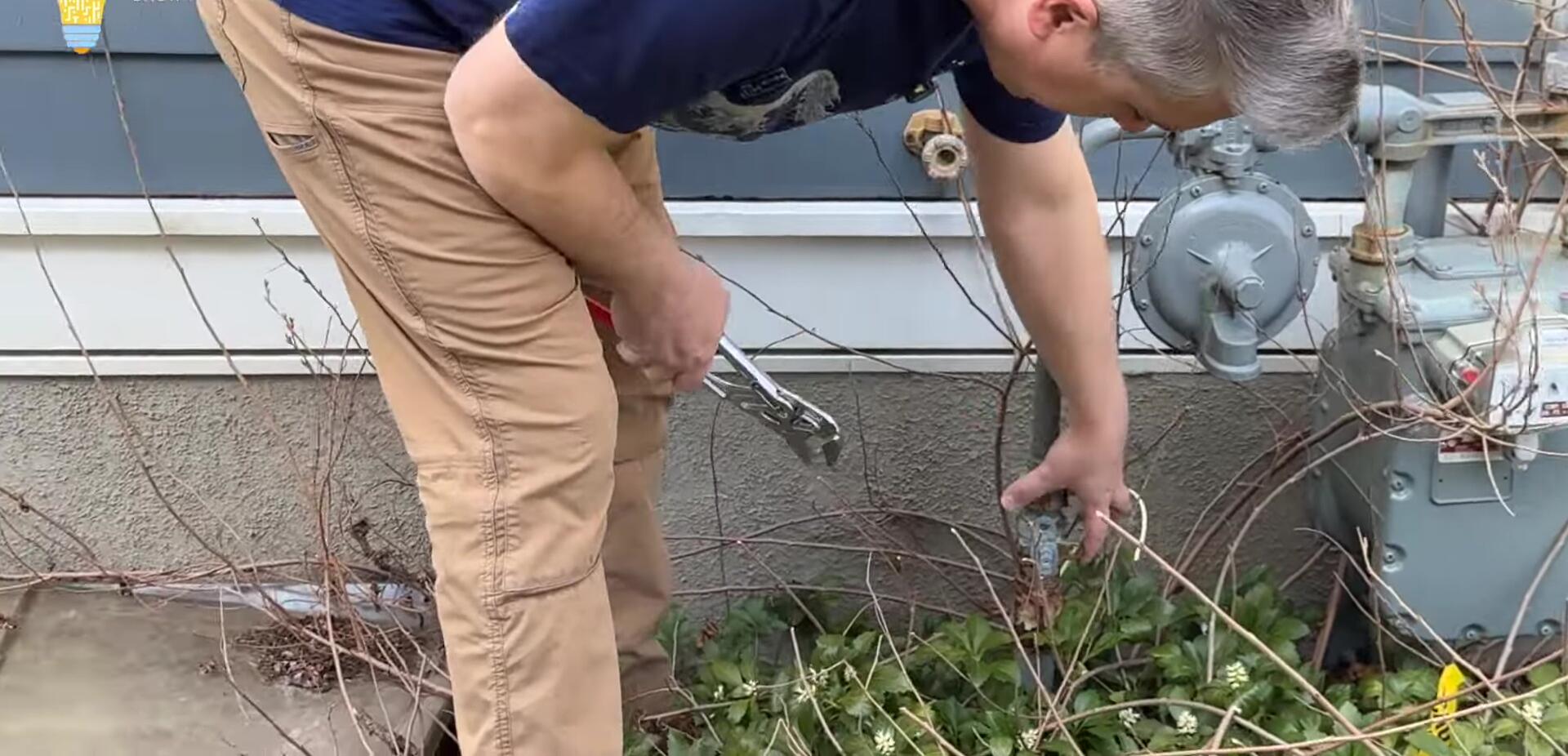This comprehensive guide explores the installation and performance of the LG heat pump water heater, a significant upgrade from traditional gas models. We detail the step-by-step process, from safely removing your old water heater to the final connections and system testing. This review covers crucial aspects like precise positioning for optimal access, understanding the reversing valve’s dual functionality, and the importance of the anode rod for corrosion prevention. We also highlight key components such as the recirculating pipe, thermostatic mixing valve, and expansion tank, explaining their roles in efficient and safe operation.Beyond the installation, we delve into the performance metrics, including the verification of the UEF rating through rigorous testing. Discover how the LG heat pump water heater achieves exceptional energy efficiency and significantly reduces your environmental impact. This review provides a balanced perspective, addressing both the initial investment and the long-term cost savings, ultimately demonstrating why this unit represents a smart and sustainable choice for hot water heating.
Pros And Cons
- Quiet operation (barely noticeable)
- Energy-efficient (3.9 Uniform Energy Factor)
- Multiple modes (heat pump only, turbo, auto, vacation)
- Includes a reversing valve allowing it to potentially create cold water
- Easy access to anode rod for replacement
- Takes 8-10 hours to heat up in heat pump only mode
Read more: Nuwave PIC Titanium Induction Cooktop Review: A Mixed Bag of Features
Installation Process: From Gas to Electric
The transition from a gas water heater to an LG heat pump water heater is a significant upgrade, promising energy efficiency and reduced environmental impact. The first step involves shutting off the gas supply externally. Then, carefully remove the old gas water heater from the wall, ensuring a clean and safe workspace for the new installation.

Precise positioning of the heat pump is crucial for easy access to components like the anode rod. Consider existing ductwork and ensure sufficient clearance for maintenance and replacement. Taking apart the new LG unit provides a better understanding of its internal components and functionalities before the complete installation.

Understanding the LG Heat Pump Water Heater's Internal Components
A key feature highlighted is the reversing valve, which enables both heating and cooling functionality. This two-way functionality is a characteristic of heat pump technology and allows for potentially creating cold water if desired.

The anode rod, crucial for preventing corrosion, is also easily accessible. The installation instructions suggest checking it every six months. This is a new aspect for those switching from a tankless water heater without an anode rod.
Plumbing and Piping: A Detailed Walkthrough
Dry-fitting the PEX pipes is an essential step, ensuring a smooth and leak-free connection. The video demonstrates the process of connecting the recirculating pipe, which is a valuable addition for consistent hot water access.

The incorporation of a thermostatic mixing valve is a noteworthy aspect. This valve regulates the hot water temperature, blending it with cold water to prevent scalding and optimize hot water availability. It's a smart approach for energy efficiency and safety.
Expansion Tank and Final Connections
An expansion tank is a critical safety component for handling the expansion of water due to heating. The installation requires careful attention to the angles and connections.

The final step involves connecting the system to the existing cold and hot water lines. This requires precise measurements and ensuring a secure connection of all components.

Performance and Testing: Energy Efficiency and Results
After installation, fill the water heater completely before powering it on. The video demonstrates the system running quietly and efficiently.

Testing showed the unit achieved its rated Uniform Energy Factor (UEF) of 3.9. This confirms its exceptional energy efficiency, demonstrating the ability to generate significantly more heat than the energy consumed. This was confirmed through BTU and kilowatt measurements of both the supply and return air.

Conclusion: Is the LG Heat Pump Water Heater Worth It?
The LG heat pump water heater offers substantial benefits, including improved energy efficiency and reduced environmental impact compared to gas water heaters. The installation, although requiring some technical expertise, is relatively straightforward following the guidelines in the video.
The unit's performance meets its advertised specifications and the added features like the recirculating pump system and the thermostatic mixing valve contribute to an optimized and user-friendly experience. Its quieter operation adds to its overall appeal. While the initial investment cost is higher, the long-term savings in energy costs make it a worthwhile investment.
